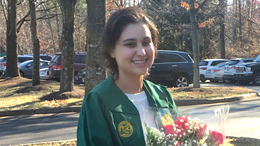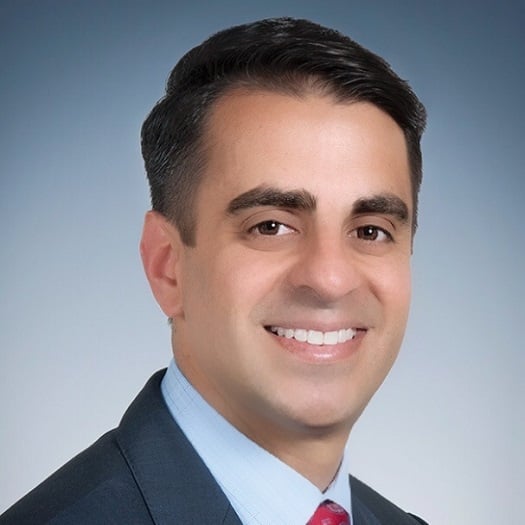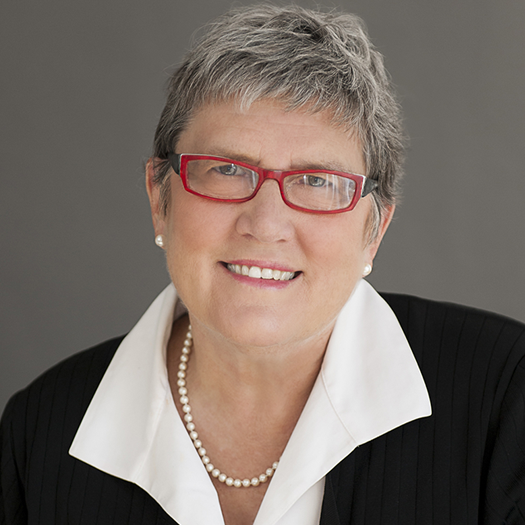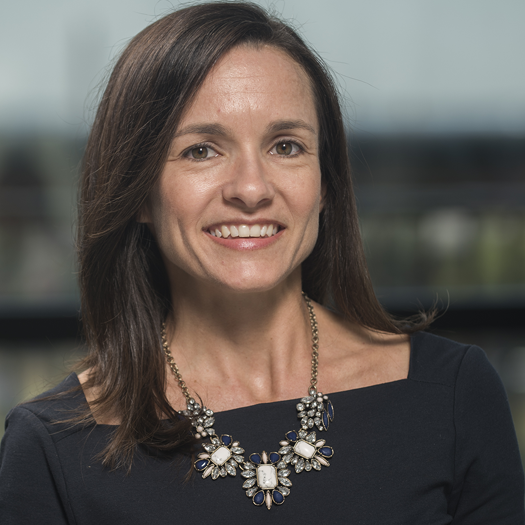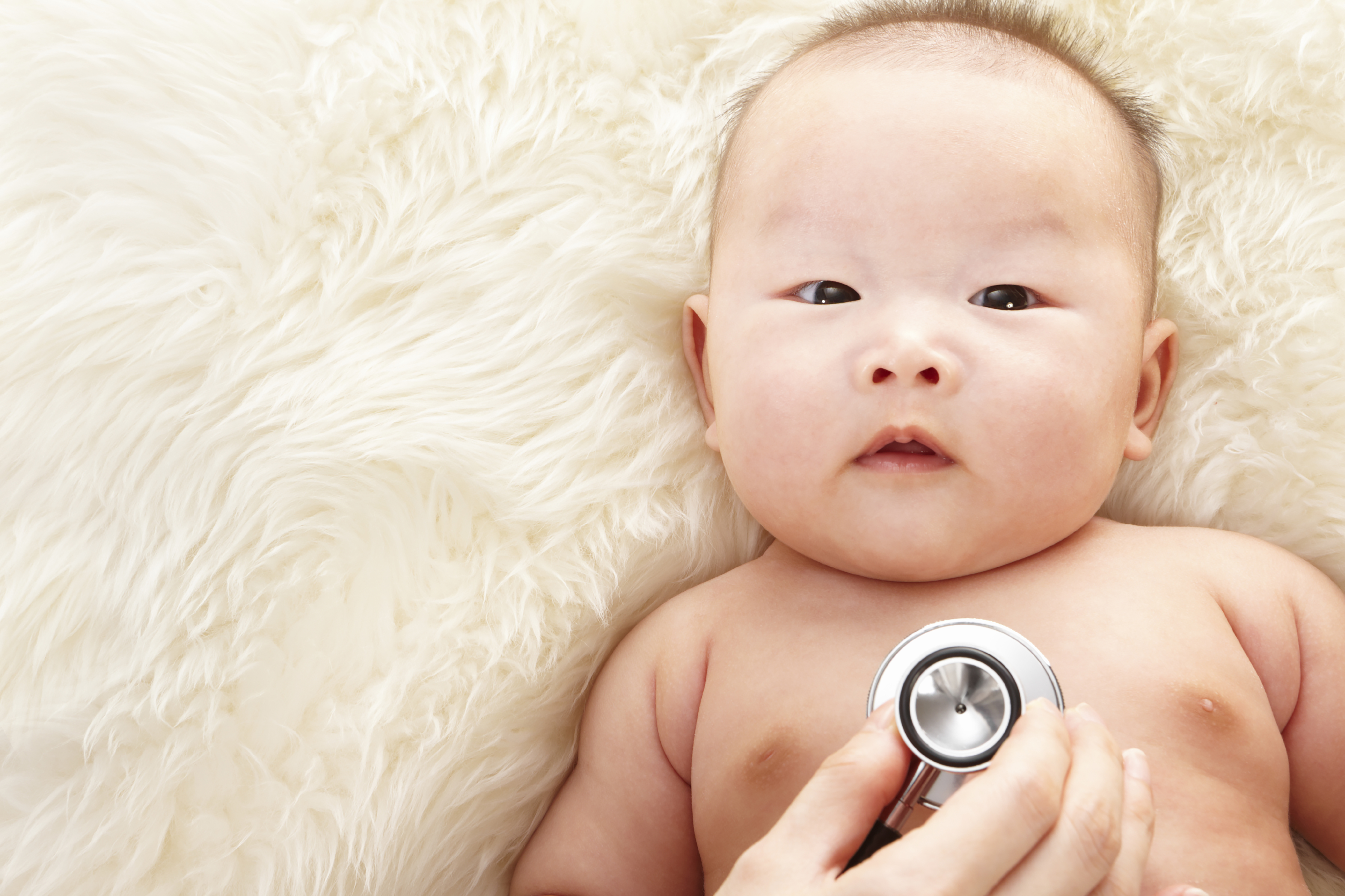Condition
Pediatric Achondroplasia
Key Points About Achondroplasia in a Child
- Achondroplasia is a type of rare genetic bone disorder. The strong, flexible tissue called cartilage is not made into bone as normal.
- People with achondroplasia have normal intelligence and normal lifespan.
- Achondroplasia is a genetic disease. Most cases of achondroplasia are from a new gene mutation in families. This means the parents are average height and do not have the abnormal gene.
- Signs can include short arms and legs, large head and flattened bridge of nose.
- Achondroplasia can be diagnosed before birth by fetal ultrasound.
- Different kinds of treatment can be done to help relieve problems caused by the condition.
- Living with achondroplasia means watching for possible complications and managing problems that occur.
- Federal laws protect your child's right to a free and appropriate public education.
- Groups such as Little People of America and the Magic Foundation can give support and information to your family and your child.
Frequently Asked Questions
What is achondroplasia in a child?
What causes achondroplasia in children?
Which children are at risk for achondroplasia?
What are the signs of achondroplasia in a child?
How is achondroplasia diagnosed in a child?
How is achondroplasia in children treated?
What are possible complications of achondroplasia in a child?
Can achondroplasia be prevented in a child?
How can I help my child live with achondroplasia?
When should I call my child's healthcare provider?

Rare Disease Treatment at Children's National Hospital
In the Rare Disease Institute at Children's National, we focus on providing advanced care for young patients with rare genetic conditions. Discover more about the treatment we offer.

Providers Who Treat Achondroplasia
 Aasha's Rare Gift Will Help Other Babies Grow up Healthy
Aasha's Rare Gift Will Help Other Babies Grow up HealthyTesting the descrption field
Departments that Treat Achondroplasia
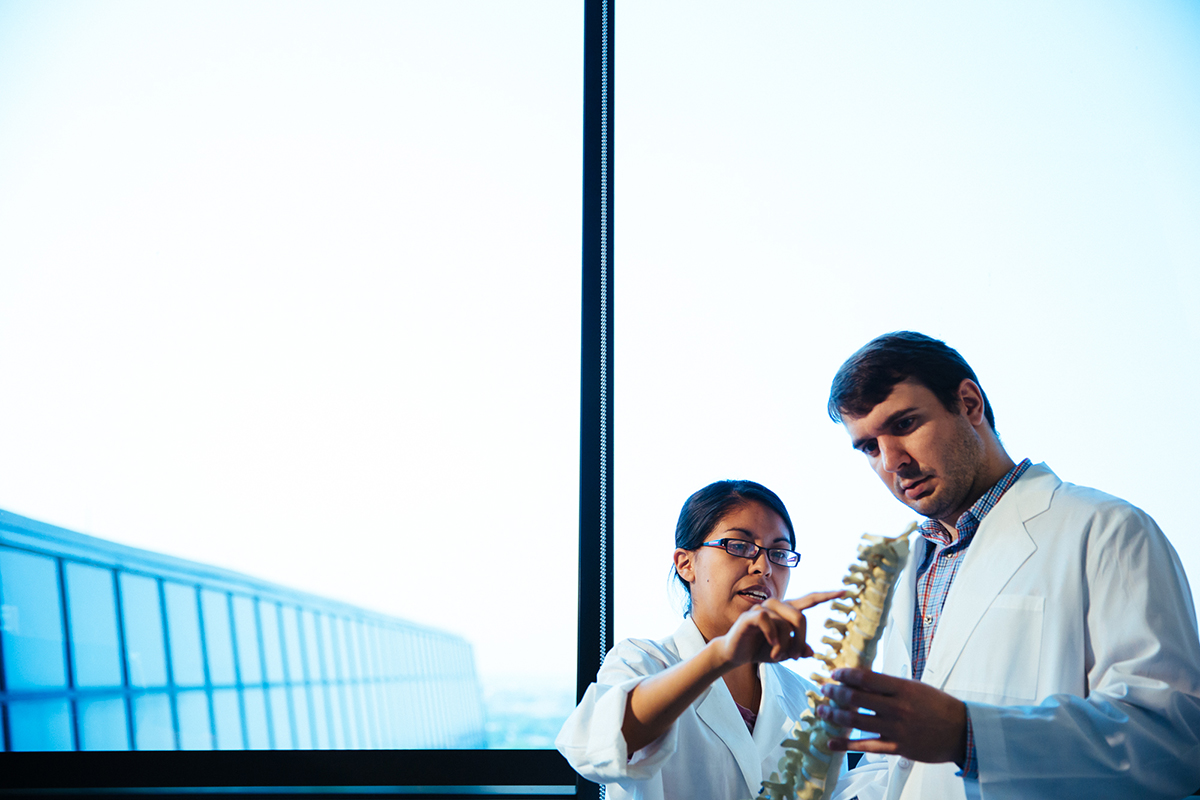
Skeletal Dysplasia Clinic
For more than 25 years, the Skeletal Dysplasia Clinic has provided multidisciplinary care for infants, children, and young adults with various forms of skeletal disorders.

